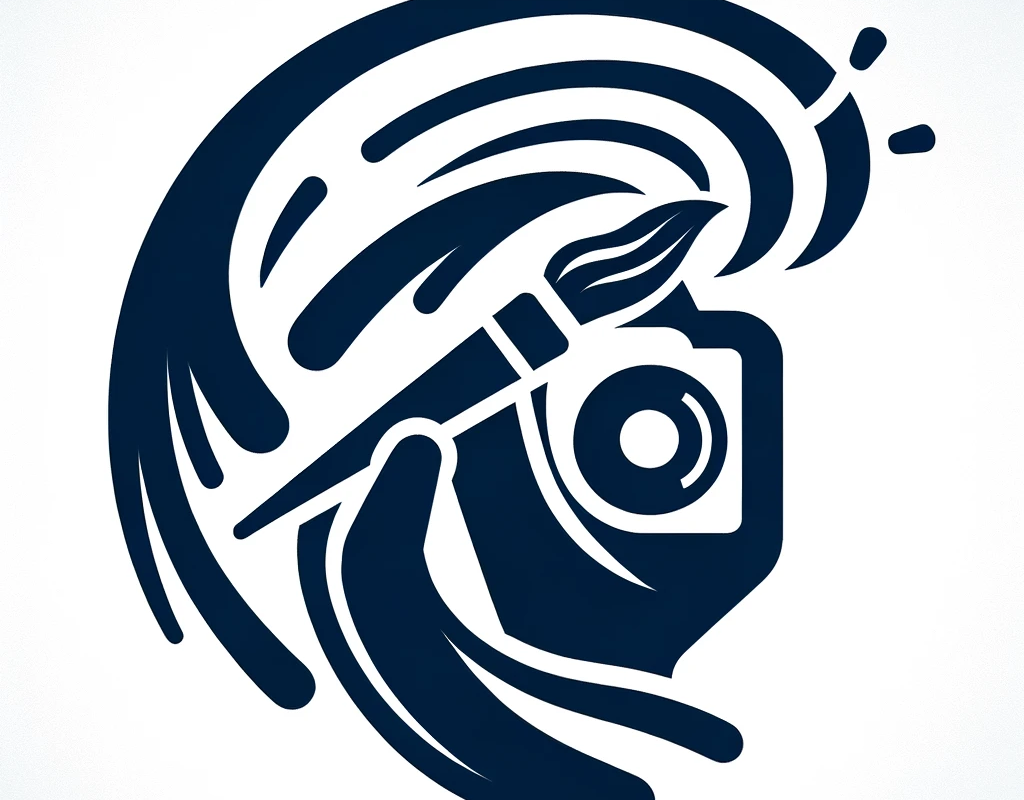Nude photography, as an art form, captures the human body in its most natural state, transcending the boundaries of conventional photography. This genre of photography is not merely about the absence of clothes but is an exploration of vulnerability, aesthetics, form, and sometimes, social and cultural themes.
The Essence of Nude Photography
Artistic Expression
Nude photography is a powerful medium for artistic expression. It allows photographers to explore the human form in its purest sense, focusing on lines, shapes, and the interplay of light and shadow. This genre can transform the human body into a landscape of emotional and aesthetic expression.
Breaking Taboos
Historically, nude photography has been a tool for challenging societal norms and taboos. It confronts the often controversial themes of sexuality and censorship, pushing the boundaries of what is deemed acceptable in art and in society.
Technical Mastery
Capturing the nude form demands a high level of technical skill from the photographer. Understanding lighting, composition, and the delicate balance between revealing and concealing is crucial. Photographers must also be adept at creating a comfortable environment for their subjects.
Ethical Considerations
Consent and Comfort
Consent is paramount in nude photography. The photographer must ensure that their subject is comfortable and fully aware of the nature of the shoot. A clear agreement and understanding between the photographer and the model about the use and distribution of the photographs are essential.
Privacy and Discretion
Respecting the privacy of the model is critical. Photographers should be cautious about where and how they store and display the photographs, always prioritizing the dignity and wishes of the model.
Artistic Intent vs. Exploitation
It's vital to distinguish between artistic intent and exploitation. Nude photography should aim to celebrate the human form, not objectify or demean it. The photographer's approach should be respectful and ethically sound.
Techniques in Nude Photography
Lighting
Lighting plays a crucial role in nude photography. It can be used to highlight the form and texture of the body or create a particular mood. Soft, diffused lighting often works well to create a gentle and flattering look.
Composition
Composition in nude photography is about more than just the position of the model. It involves considering the background, the positioning of limbs, and the overall balance of the image. The aim is to create a harmonious and aesthetically pleasing photograph.
Posture and Expression
The posture and expression of the model can convey a wide range of emotions in nude photography. From vulnerability to strength, the way a model holds themselves and their facial expressions play a significant role in the impact of the image.
Legal and Social Implications
Laws and Regulations
Nude photography must adhere to legal standards, which can vary widely between different countries and states. Photographers should be aware of the laws regarding nudity, public decency, and age restrictions in their area.
Social Perception
The social perception of nude photography can be complex. While some view it as a legitimate art form, others may see it as controversial or offensive. Photographers should be prepared for varied reactions and understand that not every audience will appreciate or understand their work.
Conclusion
Nude photography is a deeply nuanced and artistically rich field. It requires not only technical proficiency but also a sensitive approach towards its subjects and audience. When done with respect and artistic integrity, nude photography can be a profound medium for exploring the human form and the themes that surround it.











